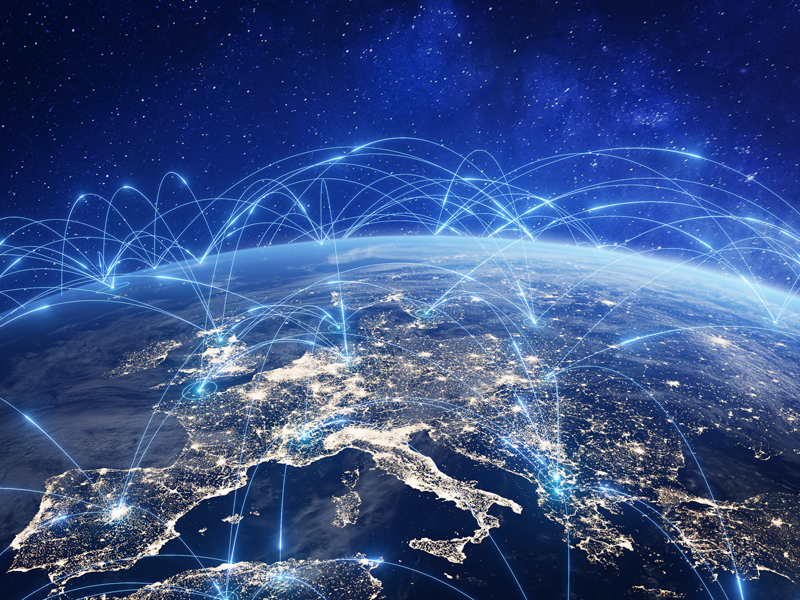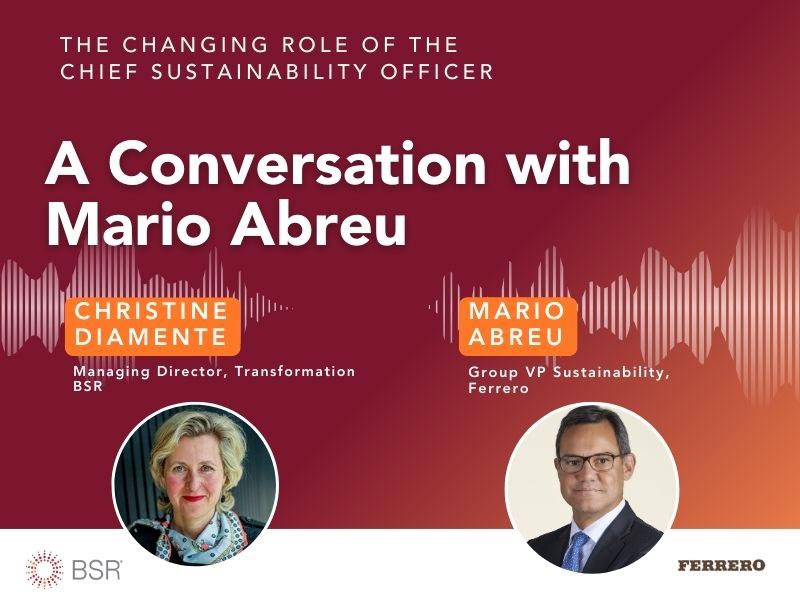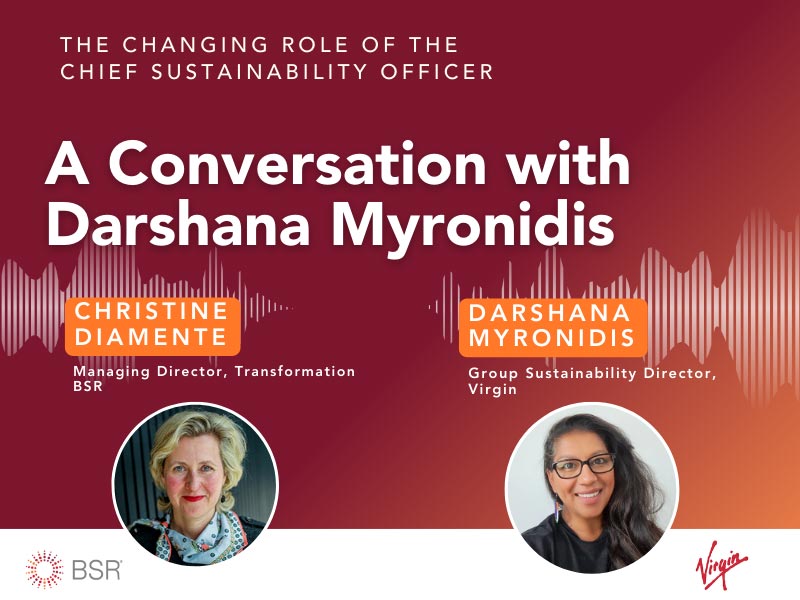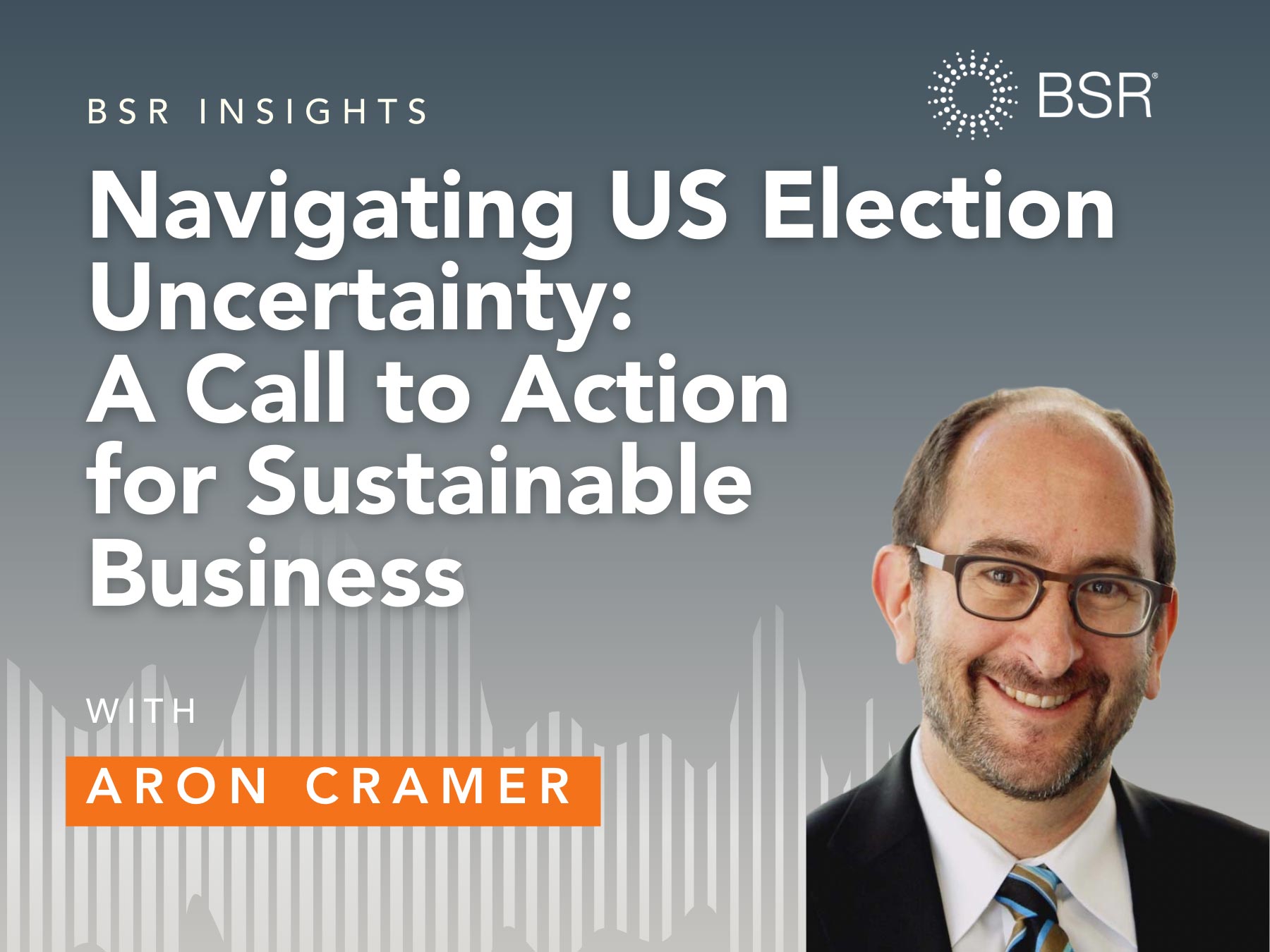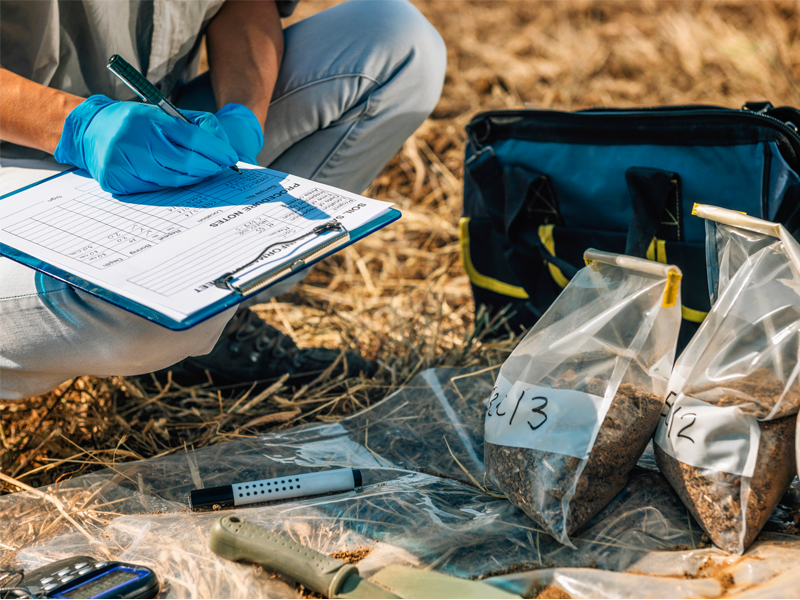
Authors
-
Edwina McKechnie
Former Associate Director, BSR
We have reached a tipping point for sustainability marketing.
For years, consumers said they were interested in buying more sustainable products and services, but sales of green products remained a niche market. This indicated a “value-action gap,” with consumers saying they would make values-driven purchases in surveys but failing to follow through in reality.
Today’s headlines tell a different story.
Tesla is now more valuable then Ford and GM, brands under Unilever’s Sustainable Living Plan are growing 50 percent faster than the rest of the portfolio, and Nike is making more than a billion from shoes that are radically more resource-efficient. These brands and others have put sustainability at the forefront of their marketing—and are reaping the rewards. That’s good news for their bottom lines and good news for the planet.
How have some companies cracked the code to convert consumer aspirations for a better world into sales?
A group of brands from BSR’s Sustainable Lifestyles Frontier Group—AT&T, eBay, Johnson & Johnson Consumer Inc. (JJCI), McDonald’s, and Walmart, with guidance from BSR, Futerra, and Stanford University—set out to explore this question. Following initial research, the group tested insights in the marketplace, moving beyond theory and into action. Each brand identified a sustainable behavior they could influence and a method to explore the effectiveness of their marketing efforts.
The Value of Sustainability
The results, along with lessons and advice, are captured in our latest study “Big Brands Big Impact: A Marketer’s Guide to Behavior Change,” including these highlights:
Sustainability is a value add, not the only value. When testing messages to promote a digital home security and energy automation system, AT&T found that the most effective messaging focused on benefits like security and control over one’s home, rather than carbon footprint reduction. However, in surveys, consumers said they were interested in energy conservation. This suggests that even if using a product delivers environmental benefits, those benefits should not necessarily be the primary focus of marketing efforts. When it comes to purchasing, these AT&T customers were influenced more by the perceived value of the product and its functionality.
“Consumers are looking for companies to be more and more environmentally and socially conscious,” said AT&T Director of Sustainability Integration Roman Smith. “It’s important for companies to understand how to best tap into that trend as we market and communicate our offerings. Being a part of the Sustainable Lifestyles Frontier Group has helped us do that.”
Making sustainability fun can drive engagement. When testing out different recycling signage at a San Francisco restaurant, McDonald’s found that playful imagery with vibrant colors captured customers’ attention and provided an unexpected moment of joy. By getting their attention in a whimsical, engaging way, it was easier to get the customers to focus on the “task” of recycling. These signs were much more effective than the “control scenario” sign, which lacked color and provided basic instructions.
“Being part of the Sustainable Lifestyles Frontier Group gave us the opportunity to extend our promise to bring delicious feel good moments to everyone, even at the recycling bin. The partnership of sustainability and marketing influenced sustainable behavior change and 'scaled for good' both the customer experience and landfill diversion,” said Victoria Zimmerman, Global Supply Chain and Sustainability Manager, McDonald's.
Helping people become more sustainable can improve brand reputation. Both eBay and JJCI found that when their communications helped consumers be more sustainable, these messages also improved consumers’ perception of the brands as environmentally responsible. JJCI tested social media posts that encouraged consumers to recycle by explaining how recycling can reduce landfill waste and by giving them do-it-yourself ideas such as using empty containers as planters. These posts improved participants’ perception of the brand as environmentally responsible, which could give the brand a competitive advantage when other factors such as price and performance are equal.
The bottom line?
It’s not about green marketing; it’s about great marketing.
Just as selling a drink isn’t all about selling the taste, selling sustainability isn’t all about saving the planet. For some brands, marketing sustainability might mean capturing attention by creating moments of joy; for others, it might mean using sustainability as an additional benefit to strengthen the value proposition; and for still others, sustainability can provide valuable storytelling opportunities.
As more and more mainstream consumers continue to shift toward buying sustainable products and experimenting with sustainable behaviors, marketers must believe that they can change the world—but they need to bring the same thorough, subtle approach to marketing sustainability as they would to marketing any product.
To learn more about marketing for sustainability, read the insights and case studies in “Big Brands, Big Impact,” and consider hosting a meeting with your marketing and sustainability colleagues to explore how your brand can use marketing to influence social or environmental behaviors.
Topics
Let’s talk about how BSR can help you to transform your business and achieve your sustainability goals.

